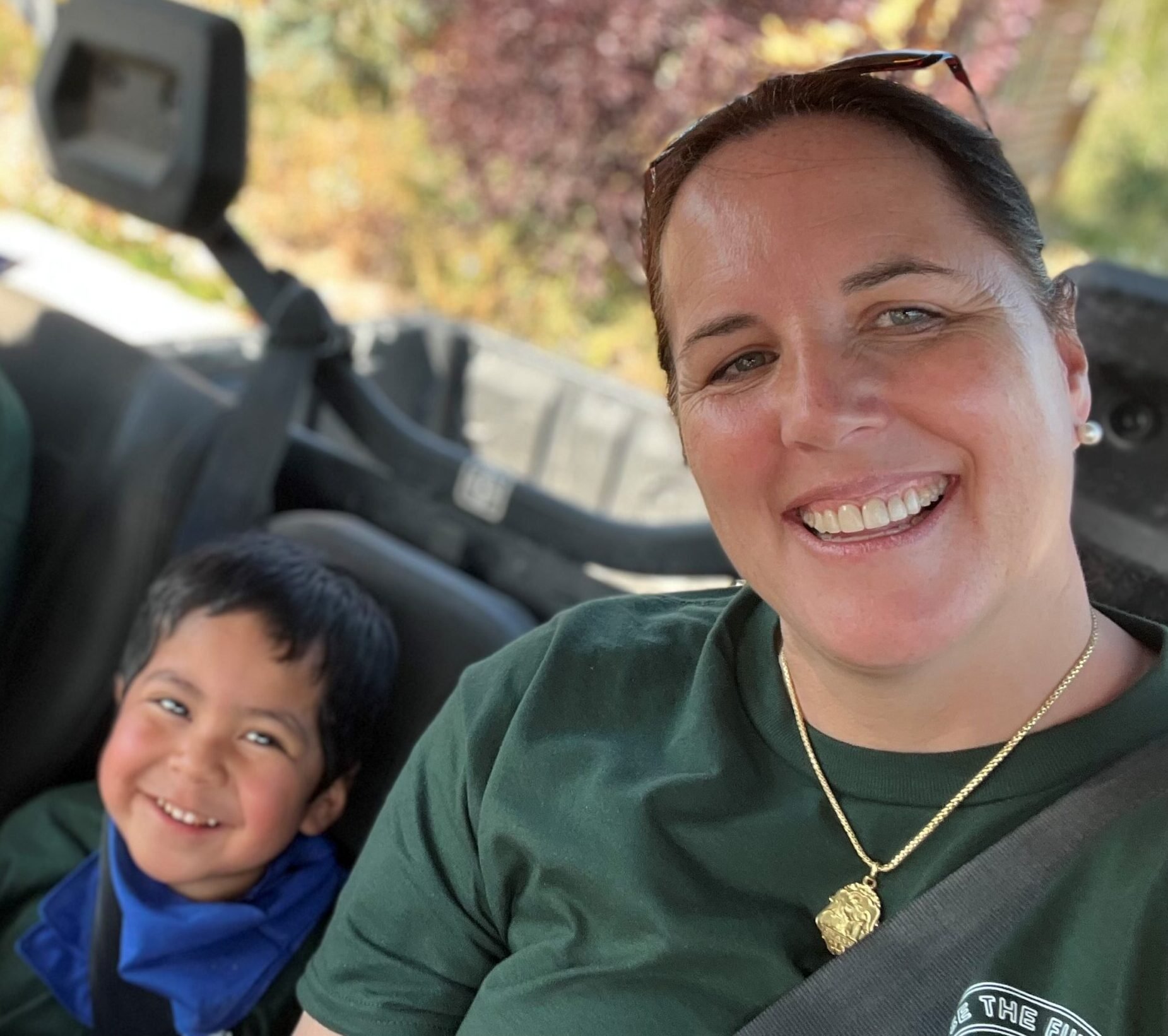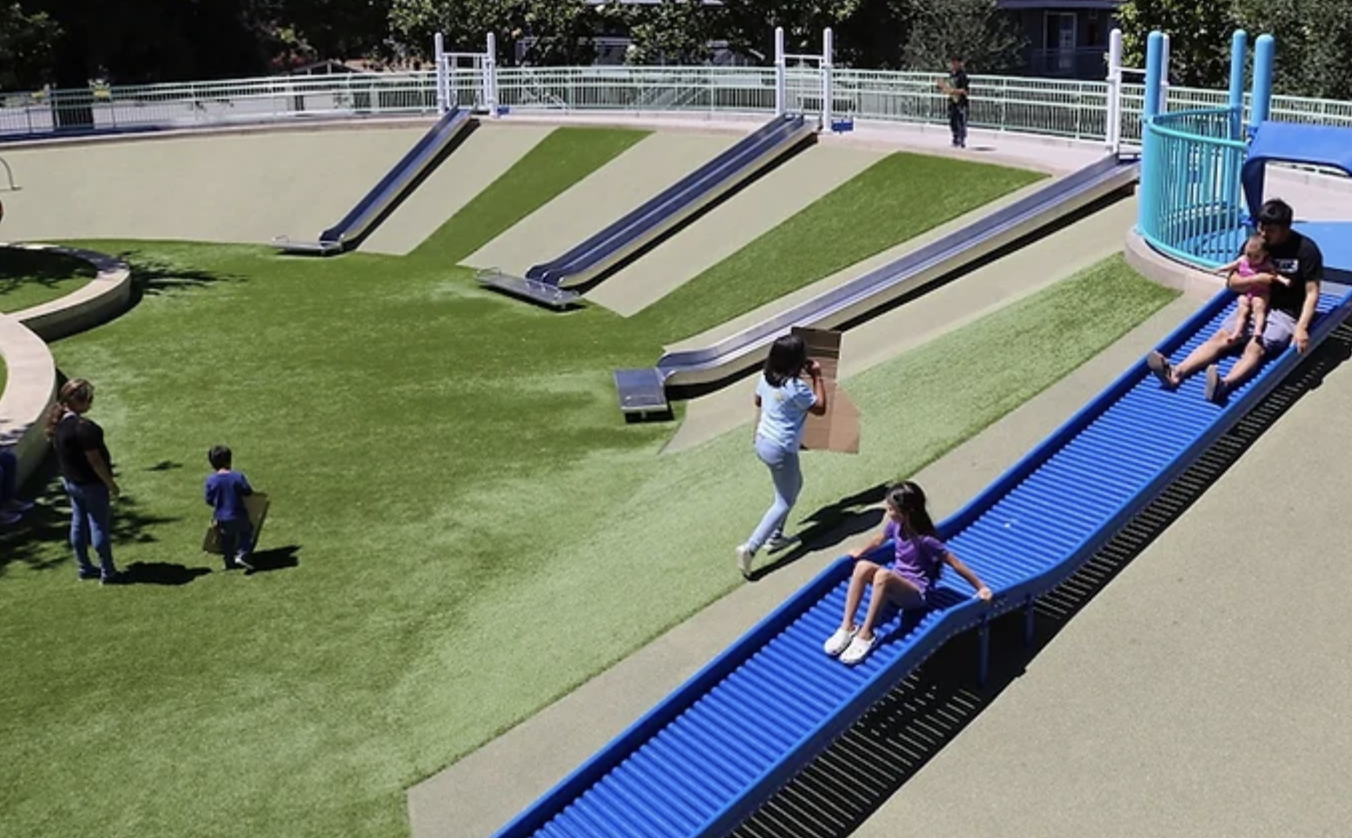Ann Ayers on the skills needed to grow a nonprofit
Ann Ayers has done it all. She began her career as an attorney, doing mergers and acquisitions work. Then she shifted into business development for a telecommunications company and became dean of the Colorado Women’s College at the University of Denver. She’s also held multiple roles in the nonprofit world, from development to communications. The throughline of it all, Ayers says, has been a commitment to building. “When I say build, I mean: build businesses, build communities, build capacity.” Today, as CEO of Raise the Future, she describes her work as “building hope.” Since she joined Raise the Future two years ago, the organization has grown about 20 percent annually. Last year, MFF provided the nonprofit with a grant to update their fundraising systems.
We spoke with Ayers about her goals for Raise the Future and what skills she’s relying on—and learning—to achieve them.
You’ve worked in a lot of different sectors throughout your career. What has been the biggest learning curve in your shift to leading a nonprofit?
What motivates people has been different everywhere I have worked, and it fascinates me. In corporate, the motivation was dollars and innovation. In law, it was dollars and prestige. In academia, it was learning and prestige. In communications, it was clarity and being catalysts. In the nonprofit space, it’s knowing we are changing lives for the better. As someone who prioritizes innovation and raising the bar, my challenge in the nonprofit space is to figure out how to combine doing good with catalyzing innovation.
What skills are you using to achieve those goals?
Many folks will draw a pyramid to represent organizational structure. My pyramid is upside-down. I’m at the bottom. I give a solid foundation to my senior leaders, who support their directors, who support our direct service champions. My connections with my colleagues and my mentors help me make more informed decisions, help me be resilient, and inspire my creativity. They say leadership is lonely. But if you are connected to your people and show them who you are and what you need as a leader, it’s much less so.
Child welfare is the most emotion-filled sector I’ve ever worked in. The stakes are high. The sector is full of love, but it can also be full of fear—fear for the kids, fear that we can’t do enough. It’s calling on me to lead with my heart more than ever so that I can connect with the work. What I have learned over the years is that the best way to support a team is to treat them with the same kind of loving service. If we fill their cups as employees, they are better equipped to fill the cups of those we serve.
Where do you see innovation happening—or the greatest need for innovation—in child welfare?
Data needs to be more accurate and accessible in child welfare. There are close to 400,000 children in the child welfare system in the United States. We don’t understand their needs and outcomes well enough. Approximately 23,000 age out of the system every year without permanent caregivers. There are so many things that need to get done and data impacts all of them. With the technological advances in data collection and analytics, as well as the ubiquity of smartphone use, I have to believe we can improve how we collect and analyze data. This could tell us more about the needs of those we serve, the quality of our services, and perhaps most importantly, give us better insight about how to solve the very disparate outcomes for BIPOC and LGBTQIA+ youth in our systems.
You have created some powerful partnerships. How have they helped moved Raise the Future forward?
We have three types of partners without whom our work would not be possible. First, the public partners (the departments of health and human services in Colorado, Nevada, and Utah, as well as the Children’s Bureau in Washington, DC), who invite us in to bring specialized services to the vulnerable populations for whom they have responsibility. We amplify and accelerate the good work they do.
We have programmatic partners. For example, the Dave Thomas Foundation for Adoption, which has the only evidence-based child-focused recruitment model in the country and has provided millions in funding to implement and scale this program across our state. And Texas Christian University’s Karyn Purvis Institute for Child Development, which created the Trust-Based Relational Intervention model that we use.
We also partner with private funders, both individuals and foundations including MFF. Their resources complement the public dollars we receive for our program work and they allow us to pilot new programs and innovate.
How have you defined Raise the Future’s values to help guide all of this incredible work?
Our organizational values and my personal values boil down to this: a commitment to connection above all else. Connection amplifies good work. Connection heals. Connection fuels creativity. At Raise, more specifically, our values are: Value You, Foster Relationships, Strengthen Partnerships, Embrace Diversity, Equity, and Inclusion, and Raise the Bar. They guide us in our work internally and externally. As you can see, we put relationships first. Everything flows from there.
Learn more about Raise the Future and how you can support the organization’s work.



